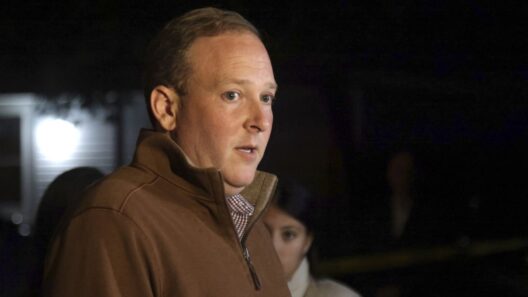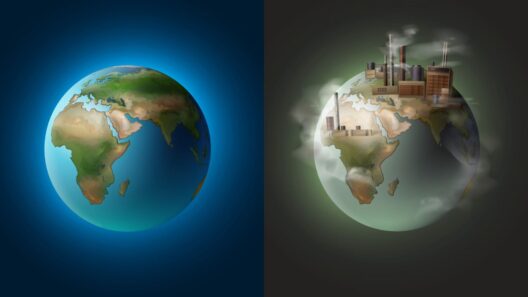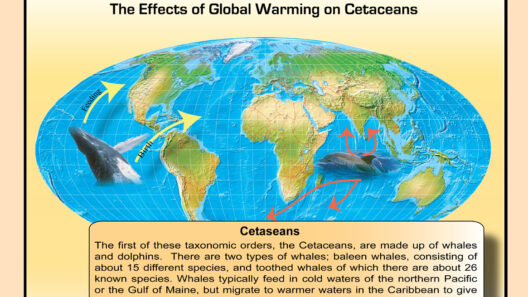As the dire consequences of climate change continue to unfold, many ponder the question: Are we all going to die from global warming? The answer is multifaceted, with a blend of scientific research, environmental changes, policy analysis, and socio-economic implications. Herein lies an exploration of the urgent realities surrounding global warming and the existential threats it poses to humanity.
To begin with, it is essential to understand the mechanism behind global warming. The Earth’s atmosphere is composed of a variety of gases, with carbon dioxide (CO2), methane (CH4), and nitrous oxide (N2O) being the principal contributors to the greenhouse effect. These gases trap heat from the Sun, creating a warming effect that is essential for life. However, human activities, particularly the burning of fossil fuels and deforestation, have exponentially increased the concentration of these greenhouse gases. Consequently, this enhanced greenhouse effect leads to accelerated climate shifts.
According to the Intergovernmental Panel on Climate Change (IPCC), the globe has warmed by approximately 1.1°C since the late 19th century. This seemingly benign figure harbors grave consequences. The increased temperature is not evenly distributed; rather, it exacerbates existing climate irregularities. For instance, the Arctic is warming at an alarming rate, resulting in irreversible changes to ecosystems and elevation in sea levels due to melting ice caps.
One pressing concern is the incidence of extreme weather events. As temperatures rise, the atmosphere holds more moisture, resulting in more intense rainfall, droughts, hurricanes, and wildfires. The latter has become particularly devastating, with unprecedented intensity and frequency witnessed in places such as Australia and the western United States. Such catastrophes not only ravage the environment but also pose significant threats to human life, health, and well-being. Marginalized communities are often disproportionately affected due to their limited resources and adaptability.
The implications of global warming extend beyond immediate physical threats. The socio-economic landscape is inextricably linked to climate change. Agriculture, for example, is particularly vulnerable. Crop yields depend heavily on specific temperature ranges and precipitation patterns. As these parameters shift, food security is jeopardized. The projected decline in agricultural output may lead to increased food prices, malnutrition, and conflicts over diminishing resources.
Moreover, global warming threatens biodiversity. Ecosystems depend on intricate relationships among species, many of which are already at risk of extinction due to habitat loss and changing climatic conditions. The extinction of a single species can have cascading effects on the whole ecosystem, further destabilizing it. Coral reefs, often referred to as the “rainforests of the sea,” are facing mass bleaching events due to rising sea temperatures, epitomizing the interconnectivity and fragility of our environment.
While the forecasts are bleak, it is critical to examine the underlying factors driving inaction. The intersection of political will, economic interest, and public awareness illustrates a complex web of challenges. Although scientific evidence clearly indicates the need for immediate action to mitigate climate change, political discourse often revolves around short-term economic gains over long-term sustainability. This dichotomy undermines efforts to implement stringent policies that could reduce carbon emissions and transition to renewable energy sources.
Education and awareness play a vital role in addressing global warming. As individuals and communities become more informed about the implications of climate change, they can champion advocacy for sustainable practices and policies. Grassroots movements, concerted efforts by environmental organizations, and planetary accountability can galvanize public opinion in favor of ecological stewardship. Empowering citizens to make changes in their daily lives—such as reducing waste, conserving energy, and supporting sustainable businesses—can yield tangible impacts.
Technological innovations also offer promising avenues for combating global warming. Advances in clean energy technologies, such as solar, wind, and geothermal power, present viable alternatives to fossil fuels. Carbon capture and storage (CCS) technology provides mechanisms to reduce atmospheric CO2 levels. Transitioning to these innovations requires robust investment policies, regulatory frameworks, and international cooperation. Collaborative efforts at the global scale are crucial as climate change knows no borders and is a challenge that unites rather than divides humanity.
Nonetheless, the question remains: Are we all going to die from global warming? The answer lies in collective action. The trajectory of climate change is not predetermined but heavily influenced by human choice. By prioritizing sustainability, enhancing resilience, and fostering a culture of environmental responsibility, it is possible to avert the worst catastrophic scenarios. The stakes are high, and while peril is inherent, so is the potential for global unity in the fight against climate change.
In conclusion, addressing global warming necessitates a concerted and multifaceted approach. It requires systemic changes in governance, economic restructuring, ecological stewardship, and public engagement. We stand at a crossroads, and the path we choose will determine our future. Whether we face annihilation or resilience hinges on decisions made today. The call to action is clear: the time to act is now, or the consequences will be irrevocable.








